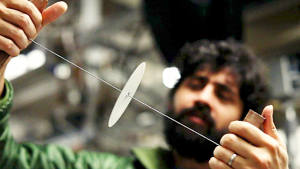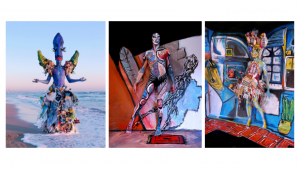Articles
-
 Design News • 12 Sep 25
Design News • 12 Sep 25 -
 Design News • 12 Sep 25
Design News • 12 Sep 25 -
 Design News • 12 Sep 25
Design News • 12 Sep 25 -
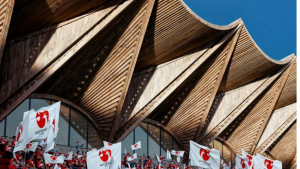 Design News • 5 Sep 25
Design News • 5 Sep 25 -
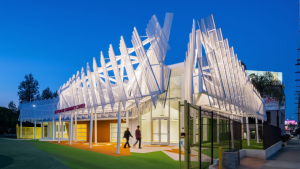 Design News • 5 Sep 25
Design News • 5 Sep 25 -
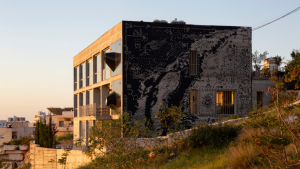 Design News • 5 Sep 25
Design News • 5 Sep 25 -
 Next Generation • 29 Aug 25
Next Generation • 29 Aug 25 -
 Design Frontiers • 29 Aug 25
Design Frontiers • 29 Aug 25 -
 Next Generation • 29 Aug 25
Next Generation • 29 Aug 25 -
 Design News • 22 Aug 25
Design News • 22 Aug 25 -
 Design News • 22 Aug 25
Design News • 22 Aug 25 -
 Design News • 22 Aug 25
Design News • 22 Aug 25 -
 Design News • 13 Aug 25
Design News • 13 Aug 25 -
 Design Frontiers • 13 Aug 25
Design Frontiers • 13 Aug 25 -
 Design News • 13 Aug 25
Design News • 13 Aug 25 -
 Design News • 8 Aug 25
Design News • 8 Aug 25 -
 Design News • 7 Aug 25
Design News • 7 Aug 25 -
 Design News • 7 Aug 25
Design News • 7 Aug 25 -
 Design News • 30 Jul 25
Design News • 30 Jul 25 -
 Design News • 30 Jul 25
Design News • 30 Jul 25 -
 Design Frontiers • 30 Jul 25
Design Frontiers • 30 Jul 25 -
 Design News • 25 Jul 25
Design News • 25 Jul 25 -
 Design News • 25 Jul 25
Design News • 25 Jul 25 -
• 25 Jul 25
-
 Design News • 25 Jul 25
Design News • 25 Jul 25 -
 Design News • 18 Jul 25
Design News • 18 Jul 25 -
 Design News • 18 Jul 25
Design News • 18 Jul 25 -
 Design News • 18 Jul 25
Design News • 18 Jul 25 -
 Design News • 11 Jul 25
Design News • 11 Jul 25 -
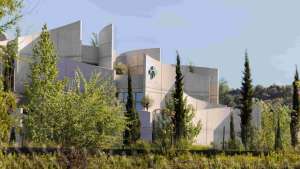 Design News • 11 Jul 25
Design News • 11 Jul 25



